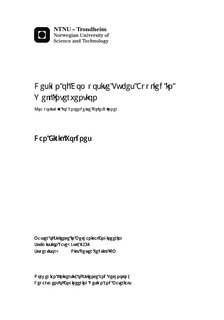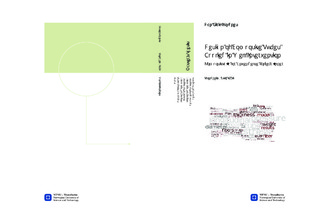| dc.description.abstract | Carbon composite materials and structures have low weight, high stiffness, high strength and chemical resistance. Throughout this master thesis a feasibility study to utilize carbon composites in tubes, designed to withstand high pressures, is undertaken both analytically and experimentally. The tube is meant to be used for well intervention, replacing the current solid carbon rod. In such operations is low weight, in addition to above mentioned properties, a critical factor for long reach. To extend the reach of the equipment the submerged weight of such a tube must be as low as possible.To enable a tube to withstand the high pressures, which can reach more than 1000bar, a thick walled tube is the only alternative to decrease the submerged weight compared to a solid rod. Work and literature on thick walled composite tubes with inner diameter to thickness ratios as low as 2 is minimal, if not absent.A two layered laminate structure was chosen for the tube. The inner layer existing of hoop winded fibers and the outer layer of longitudinal UD fibers. Such a layup will give both high radial strength and axial stiffness.Throughout the analysis it was found that the cause of failure would be instability. This conclusion was drawn as instability would occur before any of the chosen failure criterions were fulfilled. This implies that the strength of the material is utilized maximally.The experimental results had good coherency with the analytical results. Results from physical tests had a large scatter, but this was predicted as a result of a manual production process leading to uneven distribution of fibers and medium to large voids.Several parameters, both regarding load cases and necessary material properties, for the given requirements of the tube have not been assessed. However, results from conducted analytical and experimental work shows that thick walled composite tubes are able to withstand the given loading conditions, together with keeping the submerged weight sufficiently low.Future work based on the results in this thesis should include test results with statistical significance, analyses on the more complex load cases, optimal laminate design and identifying a suitable matrix material which can withstand the necessary temperature requirement. | nb_NO |

